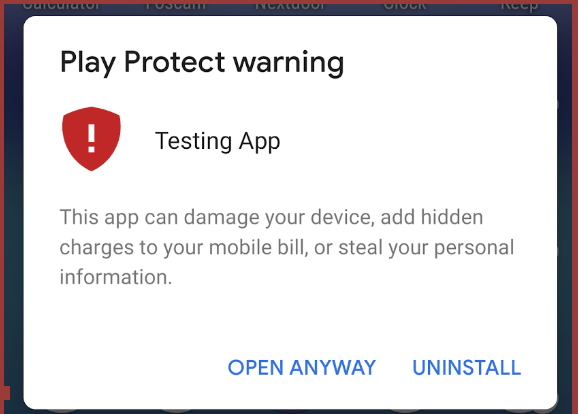Posted by Patricia Correa, Director, Platforms & Ecosystems Developer Marketing
Google Play empowers game developers of all sizes to engage and delight people everywhere, and build successful businesses too. We are inspired by the passion and creativity we see from the indie games community, and, over the past few years, we've invested in and nurtured indie games developers around the world, helping them express their unique voice and bring ideas to life.
This year, we've put together several initiatives to help the indie community.
Indie Games Showcase
For indie developers who are constantly pushing the boundaries of storytelling, visual excellence, and creativity in mobile we are announcing today the Indie Games Showcase, an international competition for games studios from Europe*, South Korea and Japan. Those of you who meet the eligibility criteria (as outlined below) can enter your game for a chance to win several prizes, including:
- A paid trip and accommodation to the final event in your region to showcase your game.
- Promotion on the Google Play Store.
- Promotion on Android and Google Play marketing channels.
- Dedicated consultations with the Google Play team.
- Google hardware.
- And more...
How to enter the competition
If you're over 18 years old, based in one of the eligible countries, have 30 or less full time employees, and have published a new game on Google Play after 1 January 2018, you can enter your game. If you're planning on publishing a new game soon, you can also enter by submitting a private beta. Submissions close on May 6 2019. Check out all the details in the terms and conditions for each region. Enter now!
Indie Games Accelerator
Last year we launched our first games accelerator for developers in Southeast Asia, India and Pakistan and saw great results. We are happy to announce that we are expanding the format to accept developers from select countries in the Middle East, Africa, and Latin America, with applications for the 2019 cohort opening soon. The Indie Games Accelerator is a 6 month intensive program for top games startups, powered by mentors from the gaming industry as well as Google experts, offering a comprehensive curriculum that covers all aspects of building a great game and company.
Mobile Developer Day at GDC
We will be hosting our annual Developer Day at the Game Developers Conference in San Francisco on Monday, March 18th. Join us for a full day of sessions covering tools and best practices to help build a successful mobile games business. We'll focus on game quality, effective monetization and growth strategies, and how to create, connect, and scale with Google. Sign up to stay up to date or join us via livestream.
Developer Days
We also want to engage with you in person with a series of events. We will be announcing them shortly, so please make sure to sign up to our newsletter to get notified about events and programs for indie developers.
Academy for App Success
Looking for tips on how to use various developer tools in the Play Console? Get free training through our e-learning program, the Academy for App Success. We even have a custom Play Console for game developers course to get a jump start on Google Play.
We look forward to seeing your amazing work and sharing your creativity with other developers, gamers and industry experts around the world. And don't forget to submit your game for a chance to get featured on Indie Corner on Google Play.
* The competition is open to developers from the following European countries: Austria, Belgium, Belarus, Czech Republic, Denmark, Finland, France, Germany, Israel, Italy, Netherlands, Norway, Poland, Romania, Russia, Slovakia, Spain, Sweden, Ukraine, and the United Kingdom (including Northern Ireland).
How useful did you find this blog post?


















